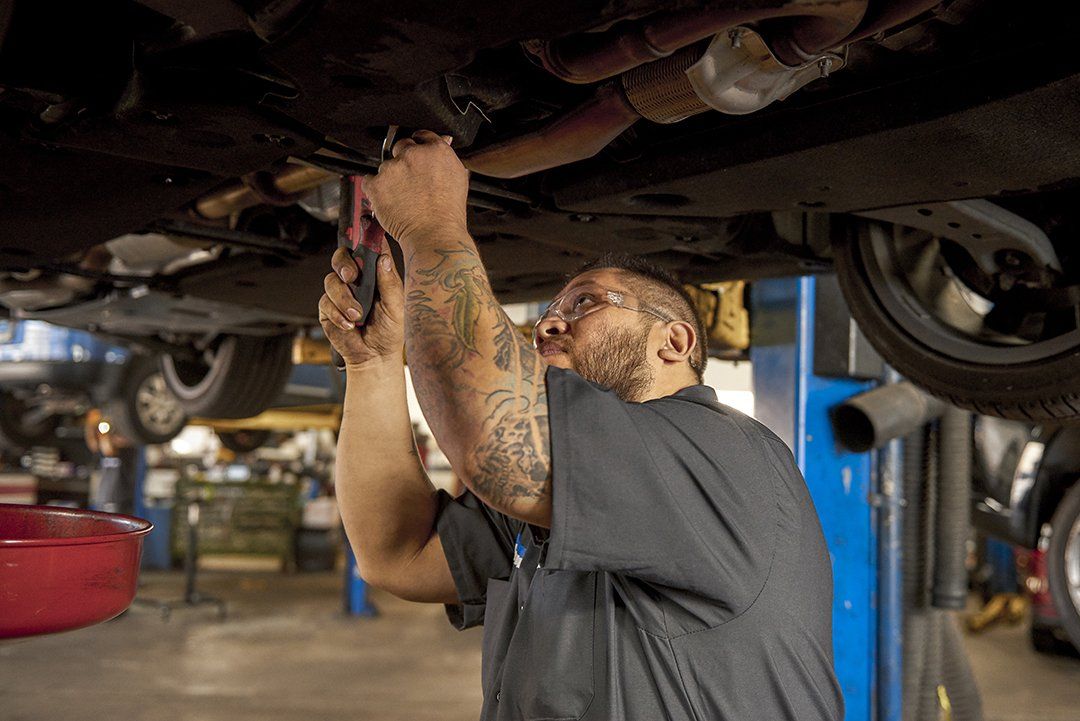Hand-operated transmission systems, likewise understood as hands-on gearboxes or standard transmission, need motorists to by hand choose equipments making use of a gear stick and operate a clutch pedal. This configuration provides straight control over the lorry's power and speed, permitting a much more engaged driving experience. The core parts of a manual transmission consist of equipments, shafts, and synchronizers, which function together to send engine power to the wheels successfully.
In a common guidebook transmission, the vehicle driver utilizes the clutch pedal to disengage the engine from the transmission, chooses the preferred gear utilizing the equipment stick, and then launches the clutch to re-engage the engine with the new gear proportion. This process permits precise control over the lorry's performance, enabling motorists to enhance power delivery for different driving problems. The direct mechanical connection in hand-operated transmissions often leads to far better fuel performance and a more connected feel between the motorist and the vehicle.

The drivetrain in cars with manual transmissions includes several essential parts:
•Clutch: Engages and disengages the engine from the transmission to enable gear modifications.
•Transmission: Has a collection of equipments that can be selected to adjust the lorry's rate and torque.
•Driveshaft: Sends power from the transmission to the differential.
•Differential: Disperses power to the drive wheels while enabling them to revolve at various speeds, especially throughout turns.

Comprehending these elements is essential for proper vehicle upkeep and procedure, ensuring a smooth and responsive driving experience.
Check for more info at Logan Square Auto Repair - Automatic/Manual Transmission Systems Facebook Youtube Instagram
Latest Posts
Bill Walsh Ford - Scan High-Quality Used Cars in Ottawa, IL!
Bill Walsh Ford - Selected New Vehicles – Seek Out Your Perfect Ride!
Friendly Lincoln: Exclusive Incentives Make Luxury Affordable Before It’s Too Late
Navigation
Latest Posts
Bill Walsh Ford - Scan High-Quality Used Cars in Ottawa, IL!
Bill Walsh Ford - Selected New Vehicles – Seek Out Your Perfect Ride!
Friendly Lincoln: Exclusive Incentives Make Luxury Affordable Before It’s Too Late